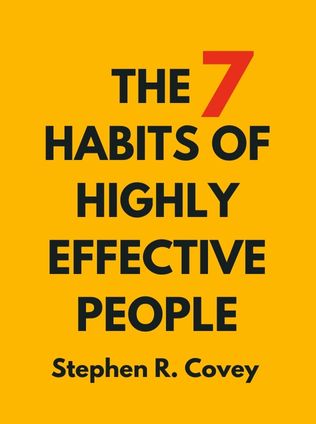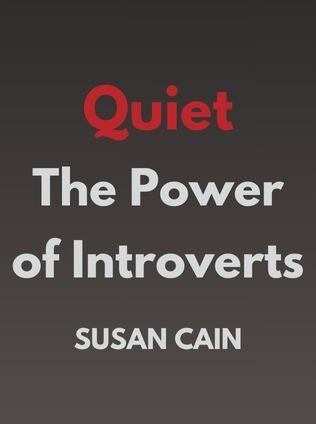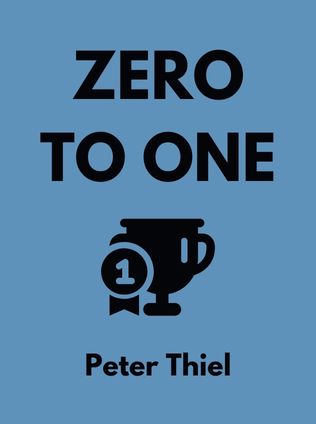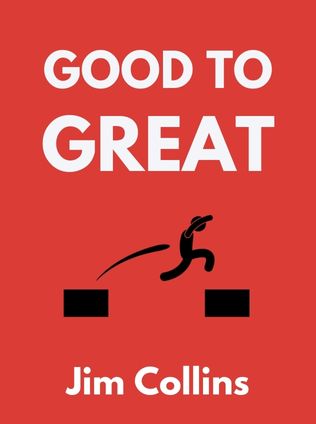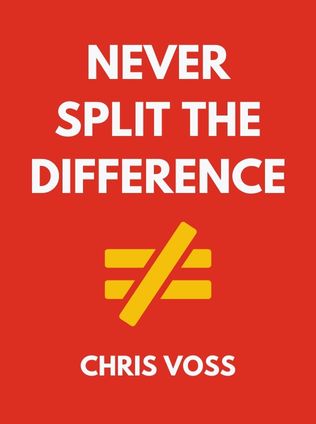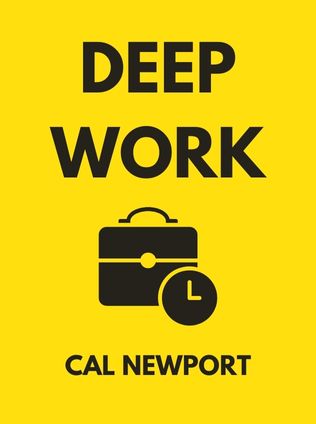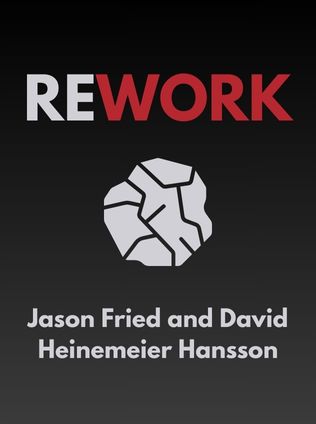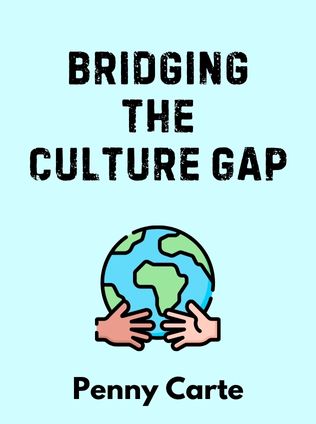
Bridging the Culture Gap
A Practical Guide to International Business Communication
By Penny Carte,
Published 07/2008
About the Author
Penny Carte and Chris Fox, the authors of Bridging the Culture Gap, bring a wealth of experience in international business communication. Since 1988, Penny Carte has served as the director of research and development for Canning, an international communications training consultancy. She has led numerous courses for multinational companies and authored a wide range of cross-cultural business training materials. Chris Fox joined Canning in 1999, specializing in training managers in the pharmaceutical, financial, and aerospace sectors. Together, they have traveled extensively, conducting courses and publishing works on political and cultural theory.
Main Idea
The central premise of Bridging the Culture Gap is that successful international business communication requires an understanding and respect for cultural differences. As globalization continues to connect people from diverse backgrounds, the potential for misunderstandings and conflicts increases. The book emphasizes that effective communication is not about finding a universal way to interact but about adapting to the cultural contexts of different countries and regions. The authors argue that breaking down cultural barriers, understanding different communication styles, and being aware of one's cultural biases are crucial steps toward achieving successful cross-cultural communication.
Table of Contents
- Bridging the Culture Gap
- Interpreting the Party Line
- Knowing Your Place
- Knowing the Limits
- Knowing the Form
- Making Presentations
- Making Deals
- Knowing Yourself
Bridging the Culture Gap
We all carry preconceived notions about other cultures, often shaped by stereotypes. These can be misleading and harmful in a business context. The book illustrates this with the example of Anders, a regional manager from Sweden, who struggled to understand why a subsidiary in Vietnam used predominantly Chinese suppliers. The local manager, relying on family connections, prioritized trust over the Swedish company's ethical guidelines against nepotism. This scenario underscores the need to recognize that what may seem unethical or illogical in one culture can be perfectly acceptable in another.
"But I can't see what the problem is," he said. "My family is much more loyal and reliable than people I don't know. I can call them at any time of day or night. And, of course, they give me much better discounts." - Penny Carte and Chris Fox
To bridge these gaps, the authors propose using cultural preference scales. These tools help individuals understand how their own culture differs from others, aiding in the development of effective communication strategies.
Sign up for FREE and get access to 1,400+ books summaries.
You May Also Like
How To Win Friends and Influence People
The All-Time Classic Manual Of People Skills
By Dale CarnegieQuiet: The Power of Introverts
The Power of Introverts in a World That Can't Stop Talking
By Susan CainThe Lean Startup
How Today's Entrepreneurs Use Continuous Innovation to Create Radically Successful Businesses
By Eric RiesWho Moved My Cheese?
An Amazing Way to Deal with Change in Your Work and in Your Life
By Spencer Johnson, M.D.Make Your Bed
Little Things That Can Change Your Life...And Maybe the World
By William H. McRaven
